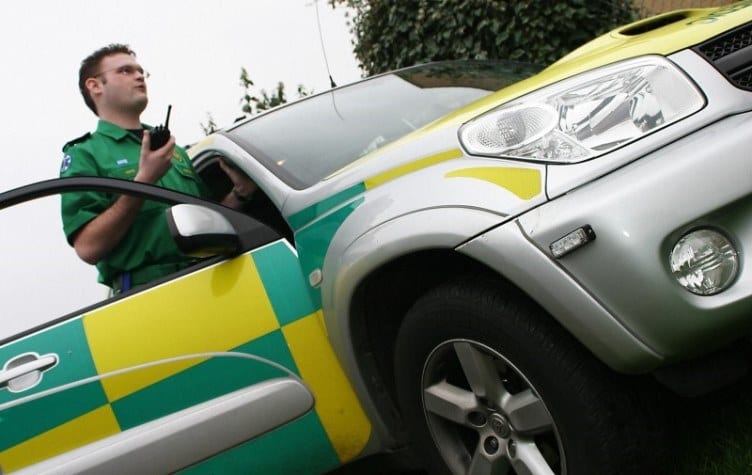CaHRU and COVID-19

The CaHRU team have been responding to COVID-19 with a series of new studies and proposals seeking to further our understanding and improve our response to the pandemic. The first two studies in progress focus on the ambulance and Emergency Continue reading CaHRU and COVID-19


